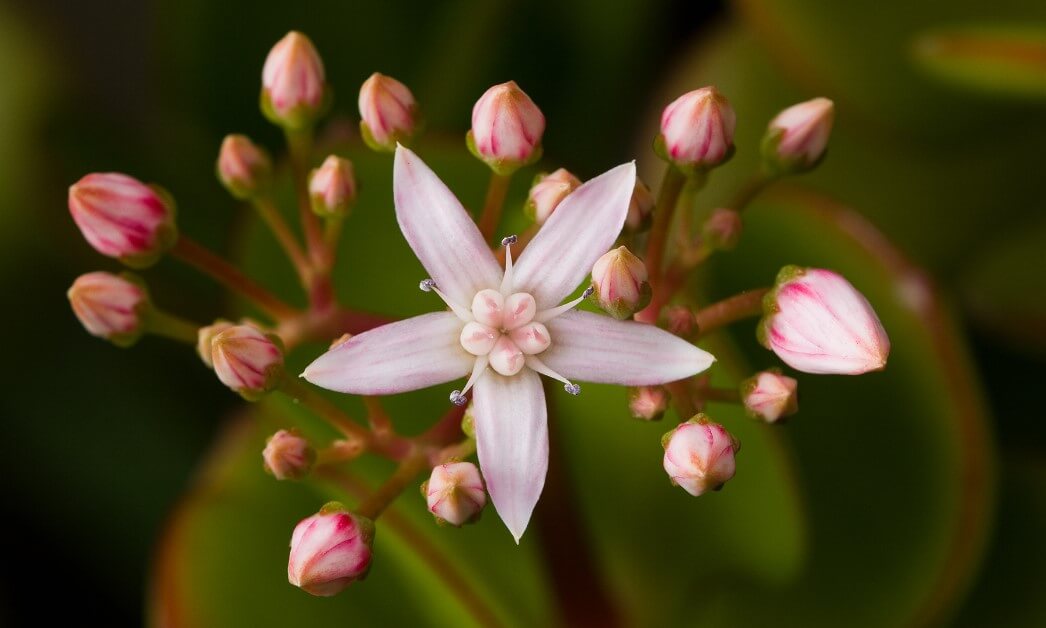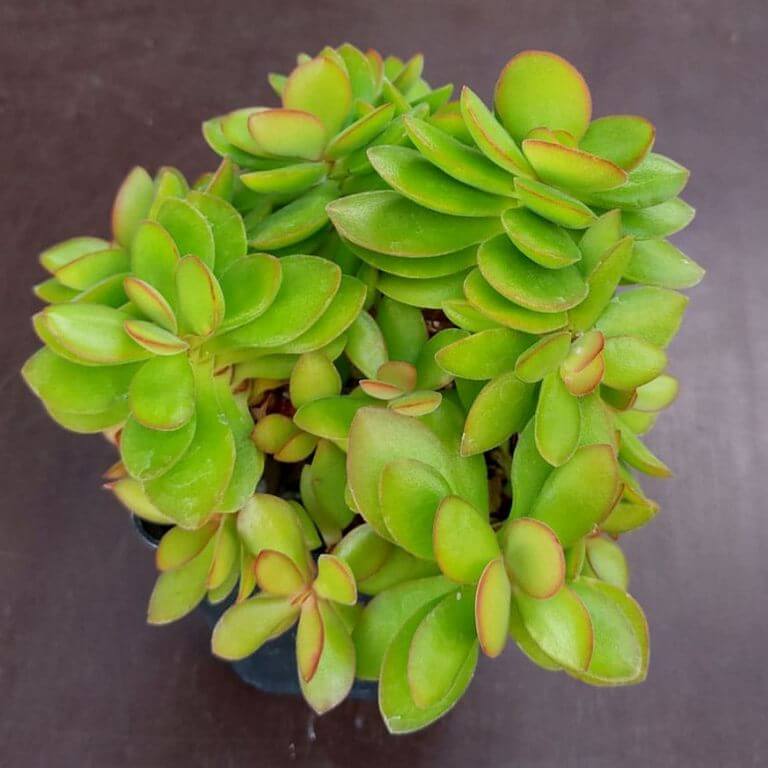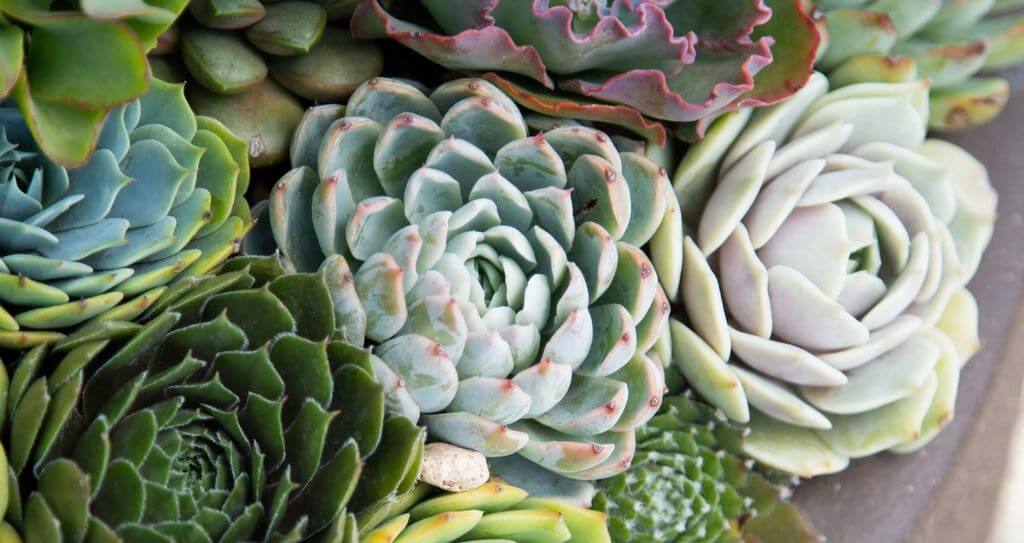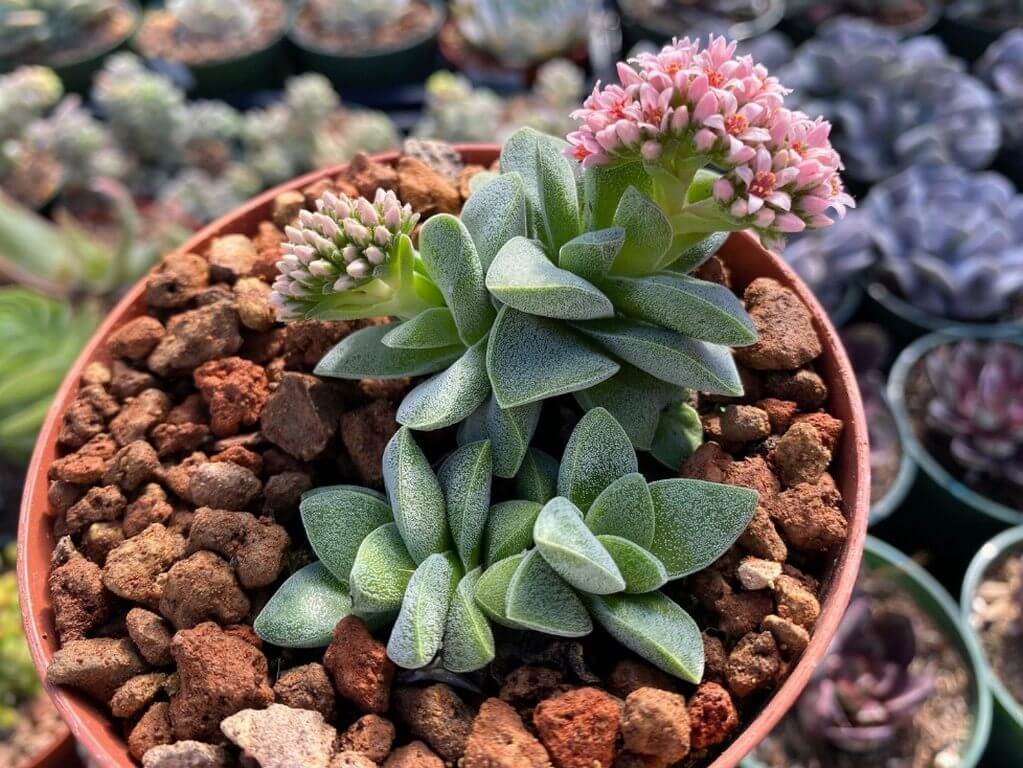Crassula Ovata – Your Guide to Jade Plant Care
Crassula Ovata The jade plant has smooth green leaves and a clean shape. It brings tranquility. Many kill it. But care is simple. Water when soil is dry. Let water
Welcome to your ultimate guide to understanding Crassula, the succulent specialist. Whether you’re a beginner or an experienced gardener, this comprehensive Crassula care guide will provide you with all the knowledge you need to successfully grow and care for these beautiful plants.

When it comes to growing Crassula plants, selecting the right location and employing appropriate planting techniques are key factors in their overall success. This section will guide you through the process of ensuring your Crassula thrives in its environment, from choosing the ideal spot to implementing proper planting techniques.
Crassula plants require ample sunlight to thrive, so it’s important to find a location that receives direct or bright indirect light for at least six hours a day. Place your Crassula near a south-facing window or in a spot where it can benefit from the morning sun. If you are growing them outdoors, ensure they are protected from extreme weather conditions, such as frost or excessive heat.
When selecting a planting container, opt for one with drainage holes to prevent waterlogged soil, as Crassula plants are susceptible to root rot. Use a well-draining potting mix specifically formulated for succulents or create your own by combining equal parts of gritty sand, perlite, and loamy soil. This will provide the optimum balance of moisture retention and drainage.
After choosing the right location and planting container, it’s time to plant your Crassula. Gently loosen the root ball of the plant and place it in the center of the container, ensuring it is level with or slightly above the soil surface. Firmly pack the soil around the roots, making sure there are no air pockets. Water the plant thoroughly and allow the soil to dry out completely before watering again. Remember, Crassula plants are drought-tolerant and prefer infrequent but deep watering sessions.
| Location Tips: | Planting Techniques: |
|---|---|
| – Choose a spot with at least 6 hours of sunlight daily | – Use a container with drainage holes |
| – Protect from extreme weather conditions | – Select well-draining potting mix or create your own |
| – Place near a south-facing window or in a sunny spot | – Gently loosen root ball and plant at the appropriate level |
Remember, Crassula plants are drought-tolerant and prefer infrequent but deep watering sessions.
By following these Crassula propagation tips and implementing proper planting techniques, you can create a thriving environment for your Crassula plants and ensure their healthy growth. In the next section, we will delve into nurturing healthy growth and explore watering strategies to maintain optimal conditions for these beautiful succulents.

To ensure the healthy growth of your Crassula plants, understanding the various varieties and implementing appropriate indoor care practices is crucial. This section will equip you with the knowledge to nurture your Crassula effectively and provide essential tips for watering your plants to maintain their vigor.
Crassula plants come in a wide range of varieties, each with their unique characteristics and requirements. Some popular Crassula varieties include the Jade Plant (Crassula ovata), the String of Buttons (Crassula perforata), and the Crassula rupestris. Understanding the specific needs of your chosen variety is essential for providing optimal care.
When it comes to indoor care for Crassula, proper lighting is key. These succulent plants thrive in bright, indirect light, so placing them near a south-facing window or providing them with artificial grow lights can help ensure their well-being. Additionally, Crassulas prefer well-draining soil, so opt for a cactus or succulent mix that allows excess water to flow away from the roots.
Now, let’s talk about watering your Crassula plants. Like other succulents, Crassulas have water-storing leaves, which means they can tolerate drought conditions. It’s crucial to avoid overwatering, as this can lead to root rot. Instead, water your Crassula thoroughly but infrequently, allowing the soil to dry out between waterings. During the growing season, typically spring and summer, water more frequently, but reduce watering during the dormant period in fall and winter.
| Watering Tips for Crassula Plants |
|---|
| Use a well-draining soil mix to prevent waterlogged roots. |
| Water thoroughly and allow the soil to dry out before watering again. |
| Avoid watering the leaves to prevent excessive moisture and rot. |
| Reduce watering during the dormant period in fall and winter. |
| Monitor your plants for signs of underwatering or overwatering, such as wilting or yellowing leaves. |
By understanding the different Crassula varieties and following proper indoor care practices, you can ensure the healthy growth and vitality of your Crassula plants. Remember to provide them with adequate light, well-draining soil, and water them appropriately to maintain their vigor and beauty.

Propagation is an exciting aspect of understanding Crassula, allowing you to expand your collection or share the beauty of these plants with others. In this section, we will explore the propagation techniques specifically using leaf and stem cuttings, providing you with comprehensive guidance for successful propagation.
1. Leaf cuttings: Crassula plants are known for their ability to propagate from individual leaves. To propagate using leaf cuttings, select a healthy leaf from the parent plant, making sure it is fully grown and free from any damage. Gently remove the leaf from the stem, taking care not to damage the base. Allow the cut end to callus over for a few days, then place the leaf on well-draining soil, making sure it is partially buried. Mist the soil lightly to keep it moist but not soggy. After a few weeks, roots will begin to form, and a new plantlet will emerge from the base of the leaf. You can then transfer the new plant to its own pot and continue caring for it as you would with an established Crassula plant.
2. Stem cuttings: Stem cuttings are another popular method of propagating Crassula plants. To propagate using stem cuttings, select a healthy stem from the parent plant and cut it just below a leaf node. Remove any lower leaves to leave a bare stem of about 2-3 inches in length. Allow the cut end to callus over for a few days, then place the cutting in well-draining soil, burying it about an inch deep. Mist the soil lightly to keep it moist. After a few weeks, roots will start to develop, and new growth will emerge from the node. At this point, you can transfer the cutting to its own pot, ensuring it receives adequate light and water.
By following these propagation techniques and avoiding common mistakes, you can successfully propagate Crassula plants using leaf and stem cuttings. This allows you to expand your Crassula collection and share the beauty of these plants with others.
| Propagation Techniques | Pros | Cons |
|---|---|---|
| Leaf cuttings | Easy method, high success rate | Takes longer for new growth to emerge |
| Stem cuttings | New growth emerges faster | Requires more attention to avoid rotting |

Even the most well-cared-for Crassula plants can encounter issues or face challenges. In this section, we will explore common problems that may arise, including issues related to watering and pests, and provide you with practical solutions to keep your Crassula plants thriving and pest-free.
1. Overwatering: Excessive watering is a common problem that can lead to root rot and other issues for Crassula plants. To prevent overwatering, ensure that you allow the soil to dry out completely before watering again. Use a well-draining soil mix and water your plants sparingly, making sure to empty any excess water from the saucer or tray.
2. Underwatering: On the flip side, underwatering can also be detrimental to Crassula plants. These succulents prefer slightly dry conditions but still require regular watering. Keep an eye out for wilted or drooping leaves, as this may indicate that your Crassula needs more water. Be mindful not to let the soil completely dry out, as prolonged drought can cause irreversible damage.
3. Pest Infestations: Crassula plants can fall victim to common pests such as mealybugs, spider mites, and scale insects. These pests can weaken the plants and cause stunted growth or yellowing leaves. If you notice any signs of infestation, such as white cottony patches or tiny webbing, take immediate action. Use a mild insecticidal soap or a mixture of water and dish soap to gently wipe down the affected areas. Repeat the process regularly until the infestation is under control.
| Problem | Solution |
|---|---|
| Overwatering | Allow soil to dry out completely before watering again |
| Underwatering | Water regularly without letting the soil completely dry out |
| Pest Infestations | Use mild insecticidal soap or water and dish soap mixture to wipe down affected areas |
By following these practical solutions and staying attentive to your Crassula plants’ needs, you can overcome common issues and ensure the health and vitality of your succulents. Remember to regularly inspect your plants for signs of trouble and take prompt action to prevent any further damage. With proper care and proactive measures, your Crassula plants will thrive and bring beauty to your indoor or outdoor space.
Crassula encompasses a wide range of species, each with its own distinct features and care requirements. In this section, we will delve into the world of different Crassula species, helping you understand their individual traits and providing valuable information to ensure you can meet their specific needs.
1. Crassula ovata (Jade Plant): With its thick, fleshy leaves and tree-like appearance, the Jade Plant is one of the most popular Crassula varieties. It thrives in bright, indirect light and well-draining soil. The Jade Plant is known for its resilience and can tolerate periods of drought, making it an excellent choice for both experienced and novice gardeners.
2. Crassula perforata (String of Buttons): This unique Crassula species features stacked, button-like leaves, giving it a distinctive appearance. It prefers bright, indirect light and well-draining soil. The String of Buttons is a trailing succulent and can be grown in hanging baskets or allowed to cascade over the edges of pots, adding a touch of charm to any space.
3. Crassula mesembryanthemoides (Crassula Baby’s Necklace): As the name suggests, this Crassula species forms a delicate necklace-like chain of small, round leaves. It thrives in bright, indirect light and well-draining soil. The Crassula Baby’s Necklace is a versatile plant that can be grown both indoors and outdoors, adding a whimsical touch to any garden or arrangement.
| Species | Description |
|---|---|
| Crassula ovata | Jade Plant with thick, fleshy leaves and tree-like appearance. Thrives in bright, indirect light and well-draining soil. |
| Crassula perforata | String of Buttons with stacked, button-like leaves. Prefers bright, indirect light and well-draining soil. A trailing succulent. |
| Crassula mesembryanthemoides | Crassula Baby’s Necklace with small, round leaves forming a delicate necklace-like chain. Thrives in bright, indirect light and well-draining soil. |
Understanding the different Crassula species is crucial for successfully cultivating these beautiful succulents. Each species has its own unique characteristics and care requirements, ensuring that there is a Crassula plant to suit every gardener’s preferences. By providing the right amount of light, well-draining soil, and proper care, you can create an ideal environment for your Crassula plants to thrive. With their stunning foliage and easy-care nature, Crassula species are a perfect addition to any indoor or outdoor garden.
Congratulations, you have reached the end of your comprehensive guide to understanding Crassula. By now, you should have a solid foundation of knowledge on how to care for these succulent specialists. Remember to apply the tips and strategies learned throughout this guide to ensure your Crassula plants thrive and bring beauty to your indoor or outdoor spaces.
Throughout this guide, we have explored various aspects of Crassula care, from choosing the right location and planting techniques to nurturing healthy growth and implementing effective watering strategies. We have also discussed the importance of propagating Crassula through leaf and stem cuttings, as well as troubleshooting common issues and pests.
As you continue your journey with Crassula plants, remember to provide them with adequate light, well-draining soil, and proper watering practices. Each Crassula species may have specific care instructions, so be sure to understand their individual needs. By following these guidelines, you can ensure that your Crassula plants remain vibrant and resilient.
Thank you for exploring this comprehensive Crassula care guide. Whether you are a beginner or an experienced gardener, we hope that this guide has equipped you with the necessary knowledge and confidence to cultivate these stunning succulent plants. Happy gardening!
Crassula plants thrive in bright, indirect light. Choose a location where they can receive at least six hours of sunlight per day.
Plant Crassula in well-draining soil, such as a cactus or succulent mix. Ensure the container has drainage holes to prevent waterlogging.
Water your Crassula plants thoroughly when the top inch of soil is dry. Be careful not to overwater, as this can lead to root rot.
Yes, Crassula can be propagated through leaf or stem cuttings. Take healthy cuttings and allow them to callus before planting them in moist, well-draining soil.
Common issues with Crassula plants include overwatering, under watering, and pest infestations. Adjust your watering practices and promptly treat pests to resolve these problems.
Popular Crassula species include Jade Plants, String of Buttons, and Campfire Crassula. Each species has specific care requirements, so it’s essential to understand their unique needs.
Crassula Ovata The jade plant has smooth green leaves and a clean shape. It brings tranquility. Many kill it. But care is simple. Water when soil is dry. Let water